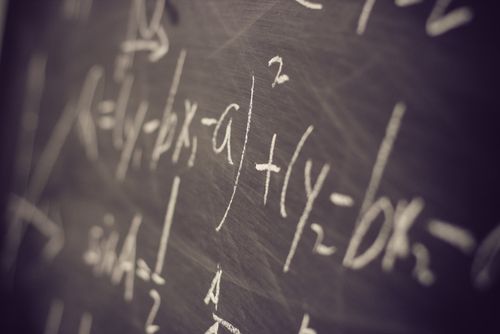The Millennium Problems

Recently Prof. Malay Dutta (Department of Computer Science and Engineering, Tezpur University) gave a talk on the Millennium Problems in mathematics. We present to you a series of 8 articles written by Prof. Dutta where he speaks about the problems in detail. This is the introductory post and will be followed very soon by one article on each of the seven problems. This series of articles was published by the Assam Academy of Mathematics in their periodical Ganit Bikash.
In the year 2000, Clay Mathematics Institute a nonprofit organization, based in Cambridge, Massachussets, U.S.A. announced a prize of one million dollars each for anyone who solves one of the seven most difficult unsolved problems in Mathematics chosen by a Committee and termed as the Millennium problems. The announcement was made in Paris, because it was here where in the second International Congress of Mathematics held exactly a hundred years before, David Hilbert, one of the all-time great mathematicians listed twenty-three problems which he judged to be the most difficult unsolved problems in Mathematics at that time. All these problems were resolved in one way or the other during the twentieth century except one, the Riemann hypothesis, which has been included in the Millennium problems.
The funds for the awards (i.e. seven million dollars) was given by Landon Clay, a rich American who had founded the institute. Clay himself is not a mathematician. He had studied English in Harvard University but he offered funds for promoting research in Mathematics because he thought that Mathematics as a very important subject required more public spending.
The seven problems were chosen by a committee of experts which included Andrew Wiles who had proved Fermat’s Last Theorem six years earlier resolving a very long-standing open problem. Another such difficult unsolved problem in the history of Mathematics is Riemann’s hypothesis. This was included in Hilbert’s list and remaining unsolved during the twentieth century has been included again as one of the Millennium problems. Out of the seven problems, four are purely mathematical and three have close connections to applications. In the following series of articles we give a brief description of each of the seven problems starting first with the four problems which are purely mathematical in nature, not having any conceivable connection with the world of applications at present.